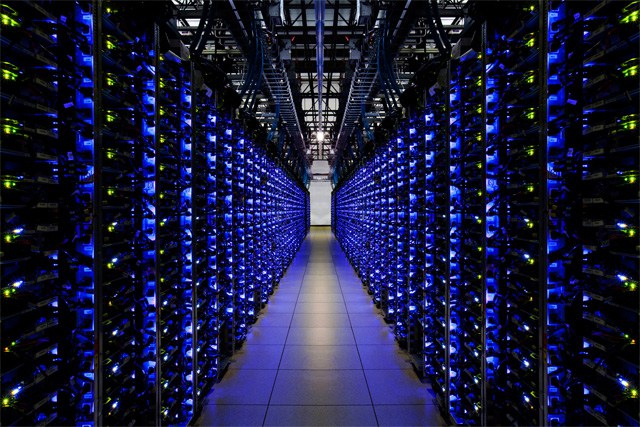Microsoft testing underwater data center prototype
Somewhere, beneath the sea, Microsoft could set up a futuristic data centre as it looks for a more efficient way to cool its machinery.
Now, it is Microsoft’s turn to start looking at data centers under the sea.
The project initially came from Microsoft employee, Sean James, who had served on a US Navy submarine, and who first submitted an essay describing underwater datacentres in 2013.
The tech company “recently completed a 105-day trial of a steel capsule – eight feet in diameter – that was placed 30 feet underwater in the Pacific Ocean off the Central California coast near San Luis Obispo”, a New York Times report revealed.
This morning, the company unveiled Project Natick – an ongoing research project into subsea data centers that could be both cost effective and environmentally friendly. It also mentioned that moreover a data center can be deployed from beginning to completion in three months.
The scientists from Microsoft have chose to try out the cold ocean water floors for their all performing data centers. “Half of the world’s population lives within 200 km of the ocean so placing datacenters offshore increases the proximity of the datacenter to the population dramatically reducing latency and providing better responsiveness”. So, how can Microsoft lag behind when most of its rival companies are seeking less-expensive alternatives for keeping their data centers cool?
Existing data centers can process massive amounts of data that are used to stream videos, using emails and more.
Leona Philpot being christened by the Natick team.
The data centre was on board a prototype vessel, named as the Leona Philpot after an Xbox game character.
On some community forums, users wondered whether or not an undersea data center will have a negative impact on the environment, given the warming of the water surrounding the data center. The project itself is still in the research stages, but it could be a forward-looking solution to deal with the rising energy demands at data centers.
Microsoft says that Moore’s Law – which predicted that the number of transistors on computer chips will double in number every two years – is coming to an end and therefore the update cadence of server hardware will slow, potentially allowing for its underwater capsules to remain untouched and out of sight for up to a decade.
Powered by renewable energy, Microsoft said that in the future the capsules could stay underwater without the need for engineers for up to 20 years.








